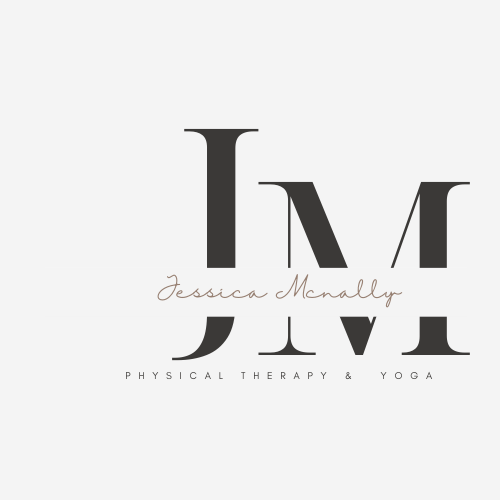Yoga and PTSD
Post-Traumatic Stress Disorder (PTSD) occurs after exposure to a single or a series of traumatic events
Military combat, terrorism, abuse, rape, childhood neglect, natural disasters, witnessing injury or death
Can also occur indirectly (ex. when someone hears details regarding the death or injury of a loved one)
It is diagnosed by assessing for symptoms associated with a traumatic event that begin after the event occurs, persist for more than a month, and cause distress or impair function.
Four defining components: negative thoughts, avoidance or numbing, re-experiencing, and hyperarousal
Negative thoughts: persistent guilt or shame, fear, lack of trust, and/or a general lack of interest in activities or relationships they once enjoyed
Avoidance: the deliberate effort to avoid experiences, senses, people, or locations that provoke memories of the traumatic event
Also includes emotional desensitization to avoid feelings associated with the traumatic event
Can lead to isolation
May make it difficult for the individual to relate to loved ones
Re-experiencing: occurs when the individual re-lives the traumatic event through a reminder
Hyperarousal: emotionally heightened, heightened sympathetic activation
Can lead to anxiety, insomnia, and difficulty with concentration
Increased HR and BP, slow digestive functioning, decreased blood flow to extremities, and increased stress hormones (Ex. cortisol)
Physical Activity and PTSD
Overall, there is substantial support in the literature to support the benefit of PA on reducing PTSD symptom severity
Physical activity also has been shown to reduce symptoms of PTSD in persons with sub-syndromal symptoms and persons resistant to standard treatment
Shown to improve health conditions that may accompany PTSD
Anxiety, depression, sleep disturbances, and cardiovascular disease
Reduce hyperarousal symptoms
Moderate aerobic exercise can include jump rope, jogging, cycling, walking, yoga
Evidence suggests that physical activity should continue beyond the initial intervention to maintain result
How yoga can help
Yoga is an ancient Indian, non-religious mind-body approach classified as a form of complementary and alternative medicine (CAM) by the National Institutes of Health. It consists of the practice of specific posture, regulated breathing, and meditation. Three key components of Vinyasa yoga are breath work, physical postures, and meditation. It focuses on moving from pose to pose while coordinating with the breath. Scientific research has shown that yoga can improve comorbid mental symptoms in physical conditions such as cancer, menopausal symptoms, and pain. It has also been shown to improve mental disorders such as anxiety disorders, depression, and possibly schizophrenia
The theory is that mindfulness specifically targets the avoidance component of PTSD
Hypothesized to help participants learn to tolerate physical sensation as they are coached to become self-aware
Learning to tolerate physical sensations, such as noticing a feeling of fear rather than avoiding it, is said to help participants regulate emotions
Slow rhythmic breathing that is synchronized to the body movements of yoga can help activate the parasympathetic nervous system and stimulate vagal activity,
Decreases HR and BP, speeds up digestive functioning, and normalizes stress hormones
Buffering the body's natural stress response
Help reduce hyper-arousal symptoms
Helps restore balance in the hypothalamic–pituitary– adrenal axis
● Can increase dopamine release
● Increased serotonin in depressed patients
● Many depressed patients present with increased levels of cortisol that decrease to normal levels after effective treatment
● Complex and exercise-based yoga interventions seem to be less effective in this patient population than meditation-based yoga interventions
Warriors at Ease (WAE): Non-profit organization that provides advanced training to certified yoga instructors based on a specialized approach that is trauma-informed, incorporates evidenced-based techniques, and is sensitive to the unique aspects of military culture
The intervention was designed to provide a Vinyasa-style yoga class that is appropriate for a military audience, specifically combat veterans (trauma-sensitive yoga)
No hands-on adjustment of participants’ postures during the classes
Avoidance of potentially vulnerable yoga positions such as “happy baby”
Body sensing
Using the English language name vs. the Sanskrit name for each yoga pose
Option of keeping their eyes open throughout the class
The WAE protocol used in the study was developed for veterans suffering from the effects of combat-related trauma, the target of the study
■ Intervention was led by a combat veteran who had deployed to Iraq and Afghanistan.
● Sharing the experience of military service builds trust and rapport between the participants and the instructor
■ Possible that non-yoga mind–body therapies tested previously required less physical activity than vinyasa yoga intervention
● Vinyasa yoga is strenuous enough to improve cardiorespiratory fitness in unfit or sedentary individuals
Clinical significance of yoga in veterans with PTSD
● Yoga activates the parasympathetic nervous system and stimulate vagal activity and reduce hyperarousal symptoms of PTSD
● Decreases insomnia and depression
● Improves cardiovascular health
● WAE protocol developed for veterans suffering from the effects of combat-related trauma
● Warm up for 15 min (cardio) to get neural benefits
Interventions for persons with PTSD should extend beyond the relationship with the clinician, and include methods that motivate continued exercise!
